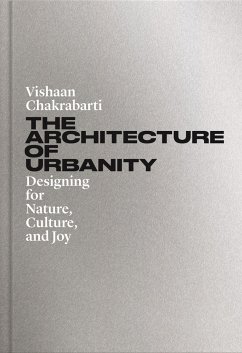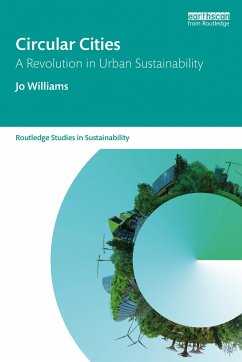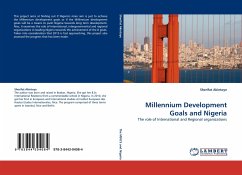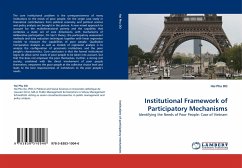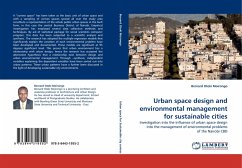
Urban space design and environmental management for sustainable cities
Investigation into the influence of urban space design into the management of environmental problems of the Nairobi CBD
Versandkostenfrei!
Versandfertig in 6-10 Tagen
52,99 €
inkl. MwSt.

PAYBACK Punkte
26 °P sammeln!
A "convex space" has been taken as the basic unit of urban space and with a sampling of convex spaces spread all over the study area constitute a representation of the whole public urban spaces in the built form, in this case the central Business District of Nairobi. Empirical investigation has employed several data collection methods and techniques. By aid of statistical package for social scientists computer program, this data has been subjected to a scientific analysis and synthesis. The research has adopted the multiple regression models that significantly explain the variation of each env...
A "convex space" has been taken as the basic unit of urban space and with a sampling of convex spaces spread all over the study area constitute a representation of the whole public urban spaces in the built form, in this case the central Business District of Nairobi. Empirical investigation has employed several data collection methods and techniques. By aid of statistical package for social scientists computer program, this data has been subjected to a scientific analysis and synthesis. The research has adopted the multiple regression models that significantly explain the variation of each environmental problem have been developed and documented. These models are significant at 95 degrees significant level. This proves that urban environment has a relationship with urban design, hence the research has accepted the alternative hypothesis that a relationship exist between design and urban environmental management. Through -synthesis, independent variables explaining the dependent variables have been sorted out into urban patterns. These urban patterns have a further been discussed in the light of developing sustainable city environments.




